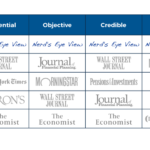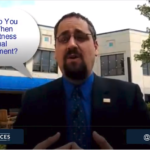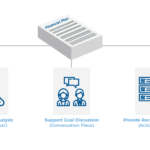Before the development of universal life insurance, permanent life insurance was relatively straightforward. Policies had fixed premiums, fixed death benefits, and fixed interest rates generating consistent growth of cash surrender values over time. As a result, determining the internal rate of return (IRR) on policies was relatively easy. However, as “flexible premium” universal life products were developed in the early 1980s, policyowners gained flexibility to structure premium payments differently – introducing the possibility for individuals to place greater emphasis on either the IRR of death benefits or the IRR of cash surrender values based on their goals. However, because of the complexity of universal life insurance, many policyowners (and financial advisors) still remain unaware of this ability, and how to properly structure flexible universal life premiums to fully optimize either one of these objectives.
In this guest post, Rajiv Rebello of Colva Insurance Services examines various universal life insurance premium funding strategies, illustrating that in order to fully understand the dynamics influencing both death benefit and cash surrender value IRRs, it is crucial to understand exactly how the policies work, and in particular the interrelationships between cash value, death benefits, and cost-of-insurance (COI) charges, and the ways that changes in the Net Amount At Risk (NAR) compound over time.
Ultimately, the key point is to understand that strategies that maximize the long-term cash value of universal life insurance - which are all about minimizing the net amount at risk to reduce COI while managing the tax code requirements that there must always be at least "some" amount of death - and fundamentally different than the strategies to maximize the IRR of the death benefit of life insurance (which is driven by minimizing the amount of cash in the policy to maximize the net amount at risk and therefore the amount of money the insurance company must come to the table with in the event of death). Which means it is crucially important to pair the right funding strategy with the right policy structure in order to accomplish the long-term goals of a client with a particular flexible premium universal life insurance policy!




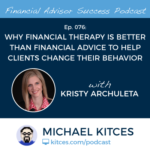
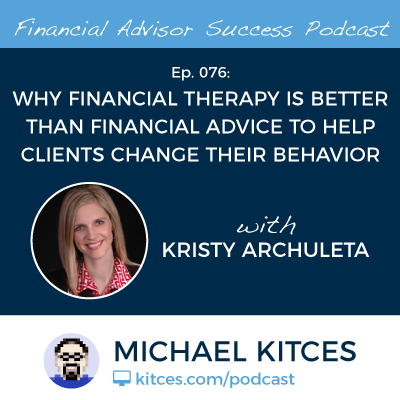 Welcome, everyone! Welcome to the 76th episode of the Financial Advisor Success Podcast!
Welcome, everyone! Welcome to the 76th episode of the Financial Advisor Success Podcast!